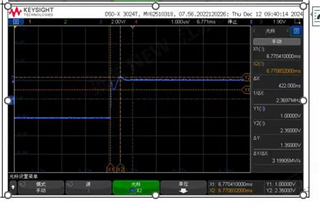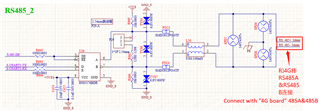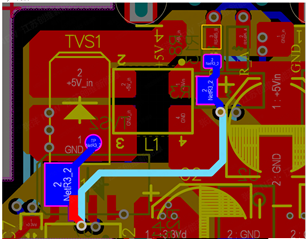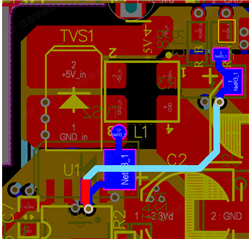Other Parts Discussed in Thread: THVD1400, SN65176B
Tool/software:
Hi expert
Now my customer had a new energy project which have opportunity to design in our RS485 and meet some issue.
These are the schematic and PCB of customer’s board, there are two positions need 485, one is ” 4G board”, another one is ” power board “.
Customer used NCA3176 at ” 4G board”, and used SN65176 at ” power board “. Now we find there is a voltage drop at the 485 signal rise edge while use ” 4G board” send 485 signal to ” power board “. But there isn’t voltage drop while use ” power board “ send 485 signal to ” 4G board”. The signal rate is about 115200.
We have try these solutions:
- Use SN65176BDR to replace NCA3176 at ‘4G board’, it can work and don’t have voltage drop. But the”4G board” is powered by 3.3V, we think SN65176BDR can’t work at this condition. So we want to use THVD1420 to replace NCA3176, but it still have issue.
- Test the comm voltage wave of RS485A&RS485B to GND based on NCA3176 at ‘4G board’, there isn’t voltage drop.
- Use external line to make the line between 2 board short , no improve.
- Add 10nF cap with the TVS2 can help the rise edge smooth, but the rise time increase to 1.4us.
- Remove other device such as TVS2, L20, SPD6-SPD8, PT3, PT4,TVS4, no improve.
- Try to increase the R8, R13, no help.
We want to help customer find the root cause and design in our RS485 at the 4G board, do you have any advice about this issue? Which 3.3V 485 you recommend for this 4G board?






